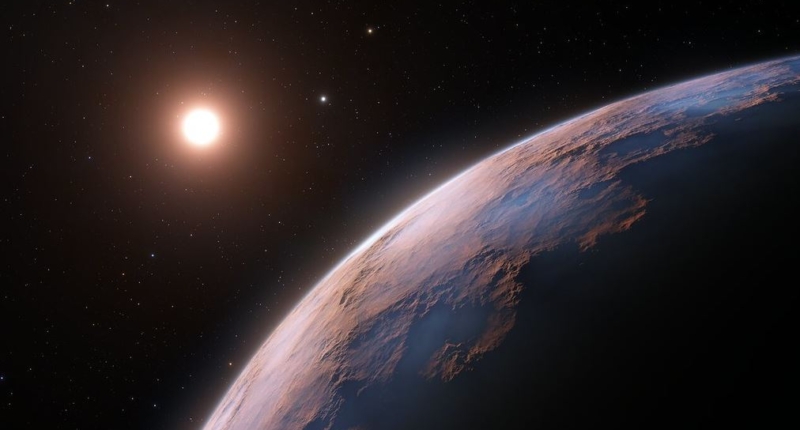In addition to the moon, Earth has several other objects orbiting the planet that could be classified as moons. These include temporary moons, quasi-satellites, ghost moons, and other objects that are captured in Earth’s gravity. While the moon is the most well-known and recognizable of Earth’s natural satellites, other objects exist in the planet’s orbit. The moon was formed around 4.4 billion years ago when a Mars-sized protoplanet called Theia collided with Earth. Earth’s gravity has captured several temporary moons over time, and it also has quasi-satellites and other objects that orbit the sun similarly to Earth. Certain asteroids are considered “moons” because they are trapped in the unique gravitational fields of either the sun-Earth or Earth-moon systems. Trojan objects are asteroids that are anchored in the gravitationally stable locations in space known as Lagrange points. Overall, Earth’s moons are not limited to the one solid, permanent moon that is most commonly known.
How Many Moons Does Earth Have?

The question of how many moons Earth has is not as straightforward as one might think. While the moon is the most well-known and recognizable object in Earth’s gravity, it is not the only solid, permanent object. Earth also has several near-Earth objects and dust clouds, which include minimoons, quasi-satellites, and ghost moons, all of which could theoretically be classified as moons.
The moon that we know today was formed around 4.4 billion years ago when a Mars-sized protoplanet called Theia collided with Earth. This impact sent massive chunks of Earth’s crust into space, which eventually came together to form the moon. This makes the moon the only solid, permanent moon that orbits Earth. However, Earth’s gravity has captured several temporary moons over time, such as the asteroid 2006 RH120, as well as space pebbles like 2020 CD3 and SO 2020.
Besides temporary moons, Earth also has quasi-satellites and other objects that orbit the sun similarly to Earth and remain in our planet’s orbit for its 365-day journey around the sun. Quasi-satellites like the asteroid 3753 Cruithne follow a horseshoe-shaped path around Earth, while Kamo’ oalewa moves in a corkscrew pattern due to the sun’s gravitational pull.
Some asteroids are considered “moons” because they are trapped in the unique gravitational fields of either the sun-Earth or Earth-moon systems. Trojan objects are asteroids that are anchored in the gravitationally stable locations in space known as Lagrange points. Dust clouds also accumulate at these points, forming ghost moons or Kordylewski clouds, but they can never create a substantial moon.
In conclusion, while the moon is the only solid, permanent moon orbiting Earth, there are several other objects that could be considered moons due to their orbits and gravitational fields. These include temporary moons, quasi-satellites, Trojan objects, and ghost moons.
Other Moons Orbiting Earth
Although the moon is the most famous of Earth’s natural satellites, it’s important to note that there are other objects orbiting the planet that could be classified as moons. These range from temporary moons to quasi-satellites and ghost moons, all of which are captured in Earth’s gravity. However, the moon will always hold a special place in our hearts as it is the most prominent and easily recognizable of Earth’s natural satellites.
Don’t miss interesting posts on Famousbio










